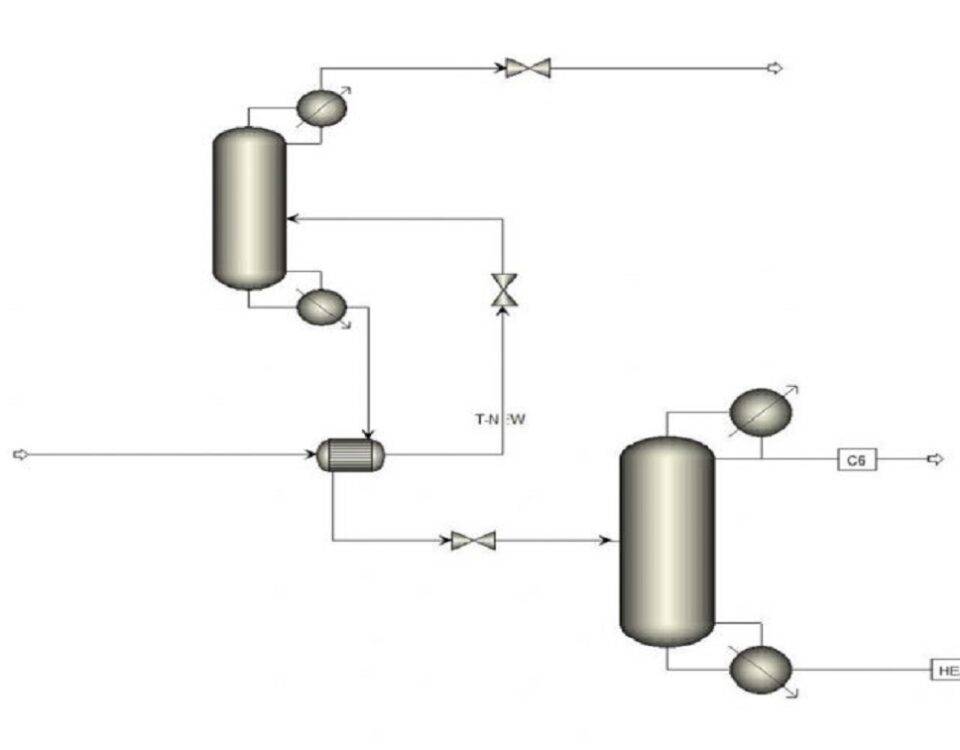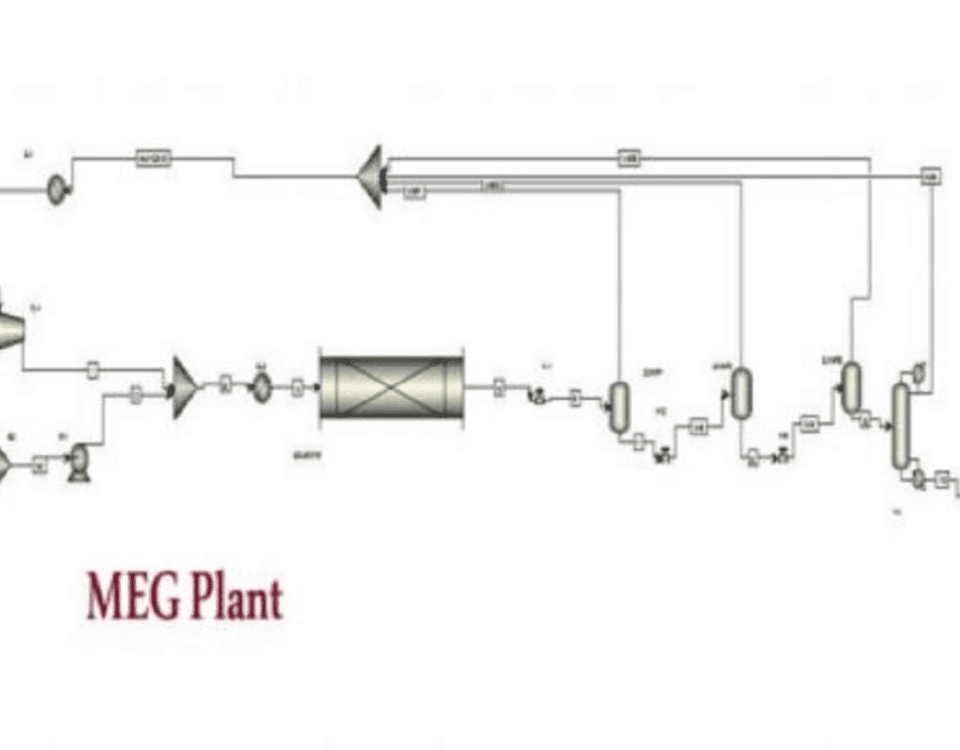
- Introduction The design of engineering documents and diagrams related to the Ethylene Glycol Purification Unit holds significant importance in industrial processes, as these documents lay the […]
- Introduction Methanol is a colorless liquid, soluble in water, and has a mild alcohol odor. Since 1800, this feedstock has been widely used in the production […]
- Introduction The fruit concentrate production line in this company consists of four stages of falling film evaporator, the energy needed for the first stage is provided […]
- Introduction The simulation of the T-2501 tower at the Borzouyeh Petrochemical Company using Aspen Plus is a key step in the analysis and optimization of chemical […]
- Introduction Due to the excessive consumption of fossil fuels in developing countries, significant efforts have been made to find a suitable alternative fuel for current energy […]
- Description In this project, 100 to 700 NOURI (Borzooyeh) Petrochemical units are simulated using industrial PFDs by Aspen Plus version 10 software. The process units of […]
- Introduction Carbon dioxide capture has become increasingly important in recent years. The significant release of carbon dioxide into the atmosphere, primarily from sources such as power […]
- Introduction Petroleum refining is essentially a series of physical and chemical changes applied to the input product of a refinery, which is crude oil, and its […]
- Introduction Styrene monomer is an aromatic hydrocarbon that, under normal conditions, is a clear, colorless, and flammable liquid. The conventional method for producing styrene monomer is […]
- Introduction Tetrahydrofuran (THF) is a colorless, flammable liquid with a distinctive ether-like odor. Classified as a polar ether, THF is a versatile solvent renowned for its […]
- Introduction Ethyl acetate (ethyl ethanoate, acetic acid ethyl ester, or ethyl acetic acid) is a neutral, colorless liquid with a fruity, pleasant, and mild odor. Ethyl […]
- Absorption Cycles: Comprehensive Review and Significance Since their inception, absorption cycles have been widely studied by researchers worldwide, with extensive exploration of various configurations. Notably, absorption […]
- Description Monoethylene Glycol (MEG) is an organic compound belonging to the diol family, primarily used in the production of polyethylene terephthalate (PET) and as an engine […]
- Introduction The increasing demand for energy to support industrialization and modern lifestyles has led to a depletion of fossil and non-renewable fuel reserves. The consumption of […]
- Introduction Combined Heat and Power (CHP) and Combined Cooling, Heat, and Power (CCHP) plants have gained significant attention in recent decades as some of the most […]
- Introduction The simulation of the natural gas dehydration unit at the Farashband refinery using Aspen Plus. represents a significant step towards optimizing the efficiency and reliability […]
- Introduction Fresh water is of particular importance as one of the vital resources for the growth and development of human societies, especially in areas with a […]
- Introduction Carbon dioxide (CO2) emissions have become a pressing global issue, with anthropogenic activities significantly contributing to atmospheric CO2 concentrations. Power plants, deforestation, and fossil fuel […]
- Introduction Propylene (C₃H₆) plays a critical role as the second most important base material in the petrochemical industry, contributing to the production of various industrial and […]
- Introduction Ammonia absorption chillers are recognized as an efficient and sustainable solution for HVAC systems and industrial processes. These chillers operate using thermal energy rather than […]
- Description One of the most effective ways to study chemical processes is through simulation, often carried out using specialized software. Aspen Plus is among the most […]
- Introduction Isopropyl alcohol, the smallest member of the secondary alcohol group, is a colorless, volatile, and flammable liquid. With a molecular weight of 60.09 g/mol, it […]
- Introduction In the field of chemical engineering, theoretical questions often require practical solutions for effective analysis and understanding. By employing thermodynamic models, Aspen Plus aids in […]
- Introduction The primary feedstocks for ammonia production units are sweet gas (methane) and atmospheric nitrogen. Methane, when mixed with steam and reacted in a primary reformer, […]























